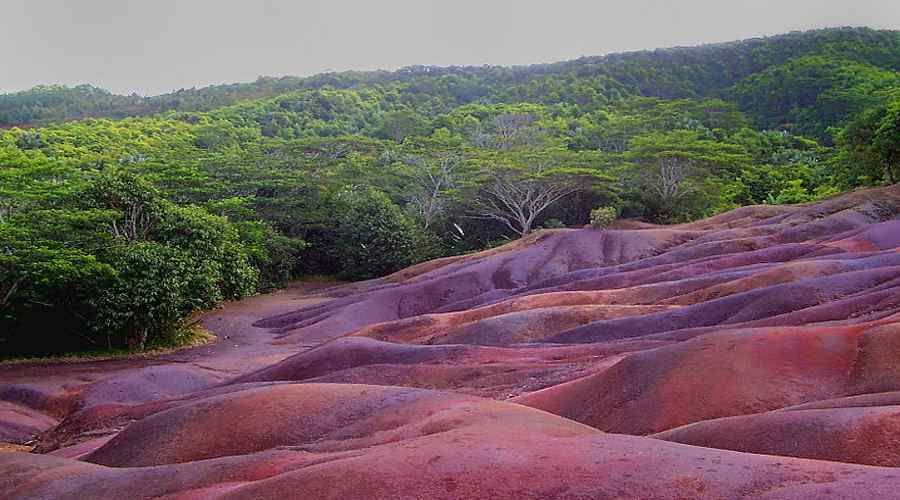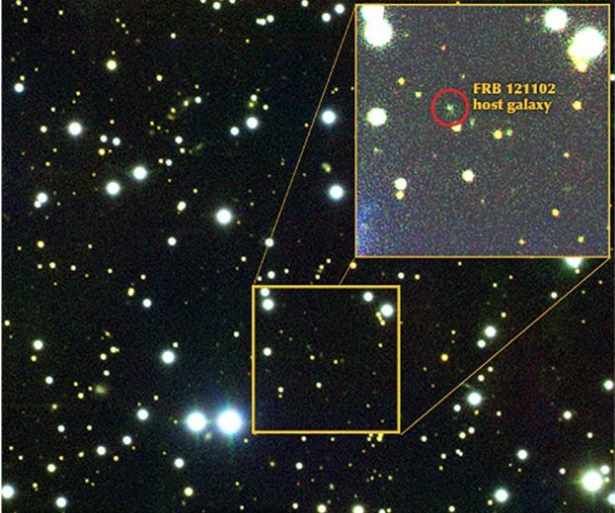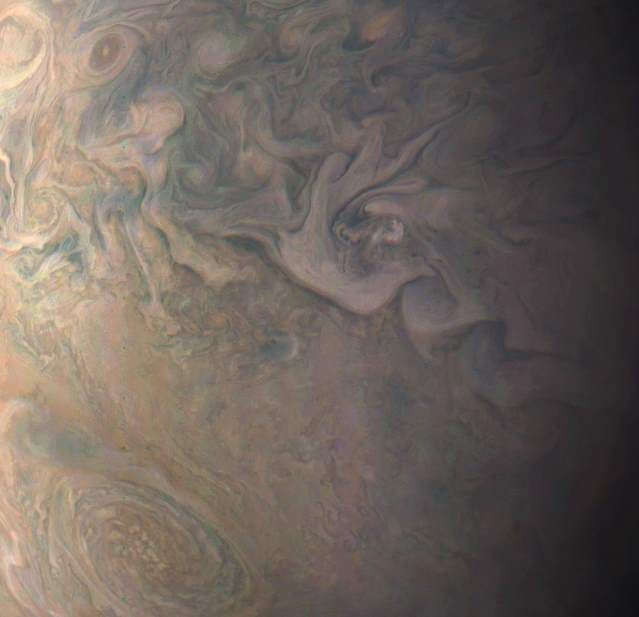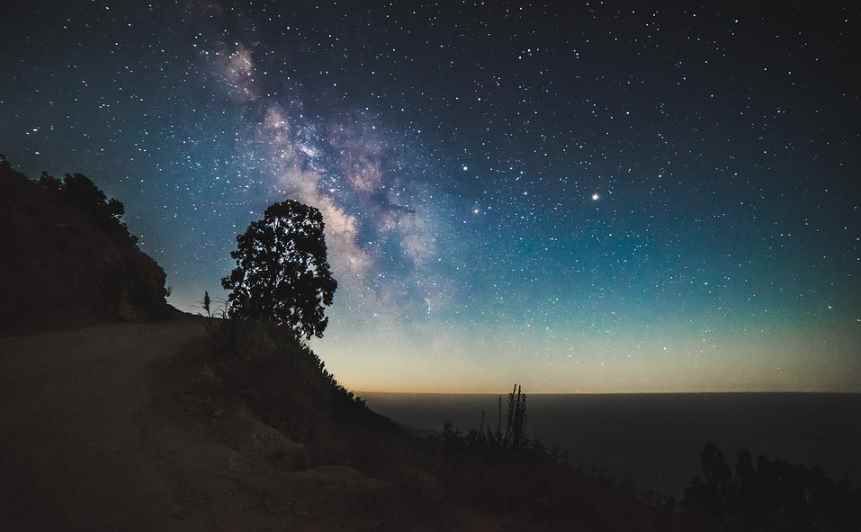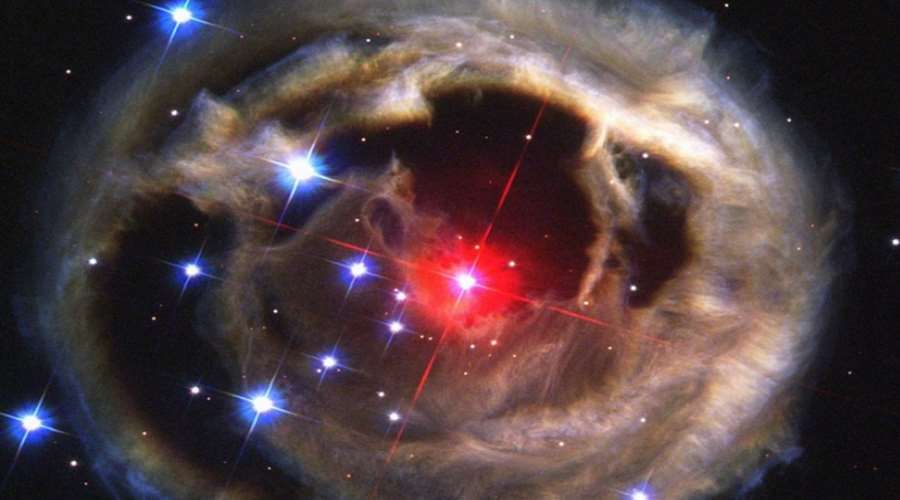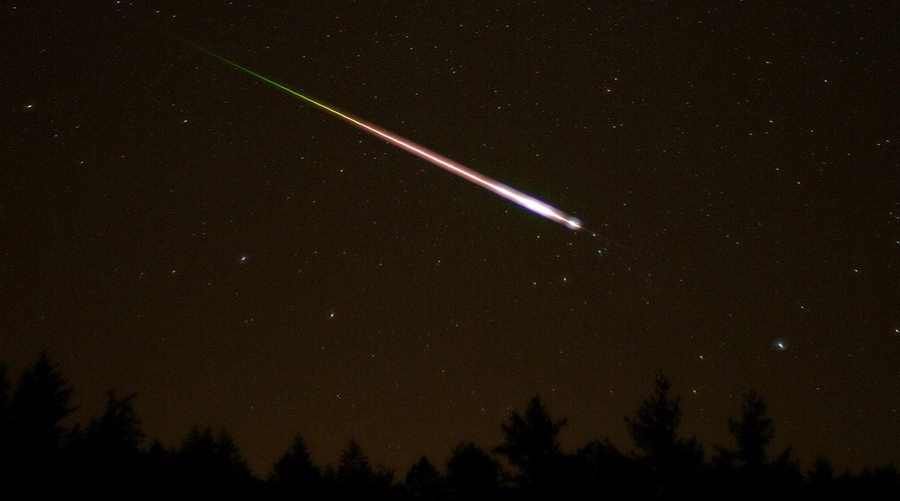Space attractions in 2017
Rój Quadrantidów is one of the largest swarmsóin whichóre can be observed in the night sky. First „falling stars” could be seen as early as December 28, but the maximum rój is expected to reach on January 3, 2017. It will be on display until January 10.
At the beginning of the year, flights will resume on Falcon rockets manufactured by Elon Musk’s company SpaceX. Its flights were discontinued after a disaster in early September, when during a testóIn the run-up to the launch there was an explosion. It is currently the only rocket thatóra can be used repeatedly. Its smooth landing is on the minds of many aficionados of podróspace veins, because it significantly reduces the cost of such escapades.
August 21 in a narrow strip at the StanóIn the United will be able to experience a solar eclipse. The moon will completely cover the sun in the states of Oregon, Idaho, Wyoming, Nebraska, Kansas, Missouri, Illinois, Kentucky, Tennessee, PóNorth Carolina, Georgia, South Carolina. This is where astronomy enthusiasts from around the world will go.
The Transiting Exoplanet Survey Satellite (TESS) telescope is scheduled to be launched into orbit around the Earth in 2017órego’s task will be to search for extrasolar planets using the transit method. The mission is expected to last two years and during this time the telescope will have a detailedólows to look at about 500,000 stars. Experts are pinning a lot of hopes on this telescope and are expecting spectacular discoveries.
2017 will also see the launch of a Chinese lunar mission. The Middle Kingdom intends to land on our natural satellite and wrócic to Earth from próbkami lunar soil.
April 22 will mark the start of the final stage of the Cassini probe dubbed the Grand Finale. Probe will dive into Saturn’s clouds taking a series of measurementsów and transmit photographs and data to Earth. On September 15, 2017, Cassini will complete itsój life by crashing into the planet’s surface.
The year 2017 will end with a swarm of Geminidsów, whichóry will reach its maximum on December 14. Geminids are considered the most abundant rój meteoróin the sky póThe northern and every year create an amazing spectacle in the sky. These are the remnants of comet Phaeton 3200. Their intensity is very high. The zenithal hourly number that determines the number of meteorsóin, whichóThe number of chemical substances that can be observed in one hour for this swarm is as high as 120. There will be something to feast your eyes on.


